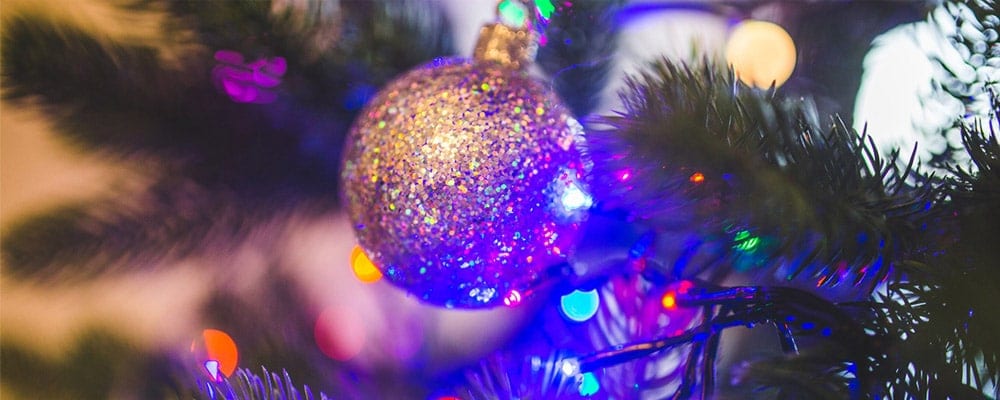The National Electricity Market is big. So big, in fact, that it’s difficult to put into perspective how much electricity is flowing through it.
It takes a lot of energy to power our industries and our homes, and as the temperatures continue to rise, more and more is needed.
As we head into Christmas, let’s have a look at just how much energy we generate using the very scientific metric of Christmas Lights!
A standard set of warm white LED fairy lights with 400 bulbs – the kind you would festoon on your Christmas tree, for example, or use to decorate your house or garden – requires 12 watts. Let’s assume that we turn them on in the evening and turn them off when we go to bed – around five hours.
Using those assumptions, and cross-referencing against our generation assets, we’ve created a Christmas Light Index. For example, AGL’s Loy Yang A power station, which generates around 30% of Victoria’s electricity requirements, generates enough energy to power more than 267 billion LED fairy lights – every single day.
That’s a lot of Christmas cheer.
How many Christmas lights could our other assets power?
| ASSET | ENOUGH ENERGY TO POWER X400 LED SETS PER DAY | ENOUGH ENERGY TO POWER X LEDS PER DAY |
|---|---|---|
| AGL Loy Yang A | 668,545,000 | 267,417,882,000 |
| AGL Macquarie (Bayswater & Liddell) | 1,091,335,000 | 436,534,115,000 |
| AGL Torrens | 111,024,000 | 44,409,458,000 |
| Bogong Hydro | 3,601,000 | 1,440,279,000 |
| Wattle Point Wind Farm | 11,915,000 | 4,766,071,000 |
| Hallett Wind Farm | 53,548,000 | 21,419,154,000 |
| Oaklands Hill Wind Farm | 8,343,000 | 3,337,396,000 |
| Macarthur Wind Farm | 47,748,000 | 19,099,134,000 |
| Silverton Wind Farm | 11,677,000 | 4,670,617,000 |
| Coopers Gap Wind Farm | 20,000 | 7,911,456 |
| Nyngan Solar Plant | 11,060,000 | 4,424,085,000 |
| Broken Hill Solar Plant | 5,538,000 | 2,215,366,000 |
| Total renewables | 203,501,621 | 81,400,648,000 |
| Total generation | 2,079,195,506 | 831,678,202,000 |
Be safe this Christmas
831 billion Christmas lights is a lot! Most of us only have one or two sets of lights on our trees – or maybe a few more decorating our houses and gardens. But regardless of how many lights we’re using, there are some important safety considerations to make sure we have a joyful – and safe – Christmas.
Only use modern Christmas lights that have a small transformer at the power point. These lights reduce the voltage to a safe level along the string of lights.
Older-style retro lights do not reduce the voltage and contain a potentially dangerous voltage throughout the system. They also run much hotter, wasting more energy and posing a significant fire risk.
Use indoor lights indoors and outdoor lights outdoors, and only buy Australian-compliant lights.
When set up, run the system for several hours under close supervision to check all plugs and leads for any potential overheating. And turn off decorative lighting before going to bed or leaving your house.


